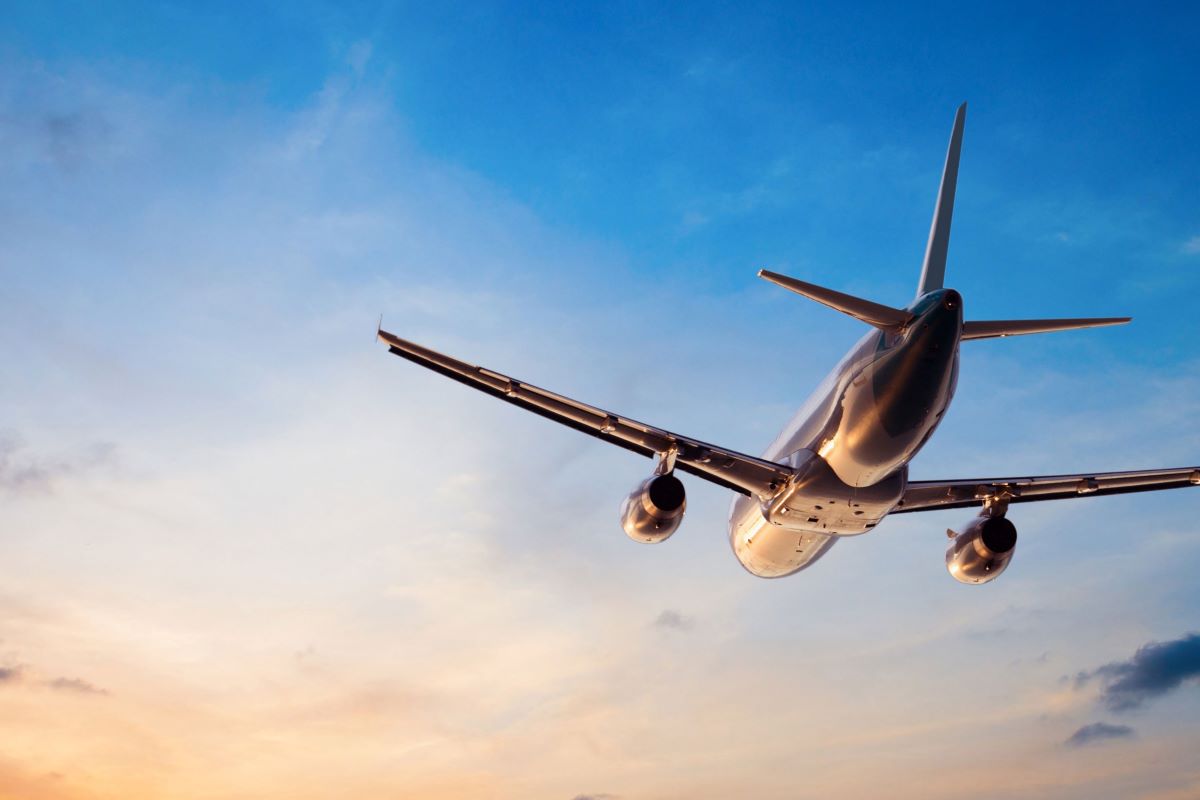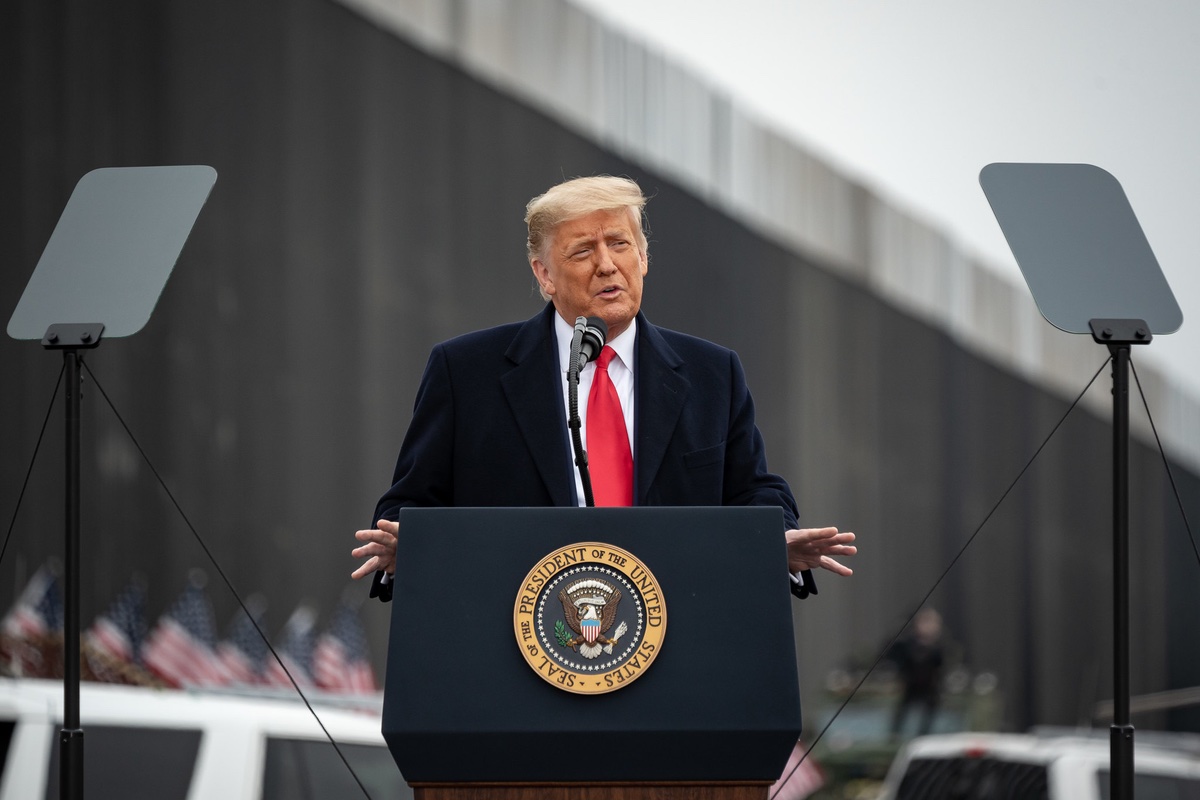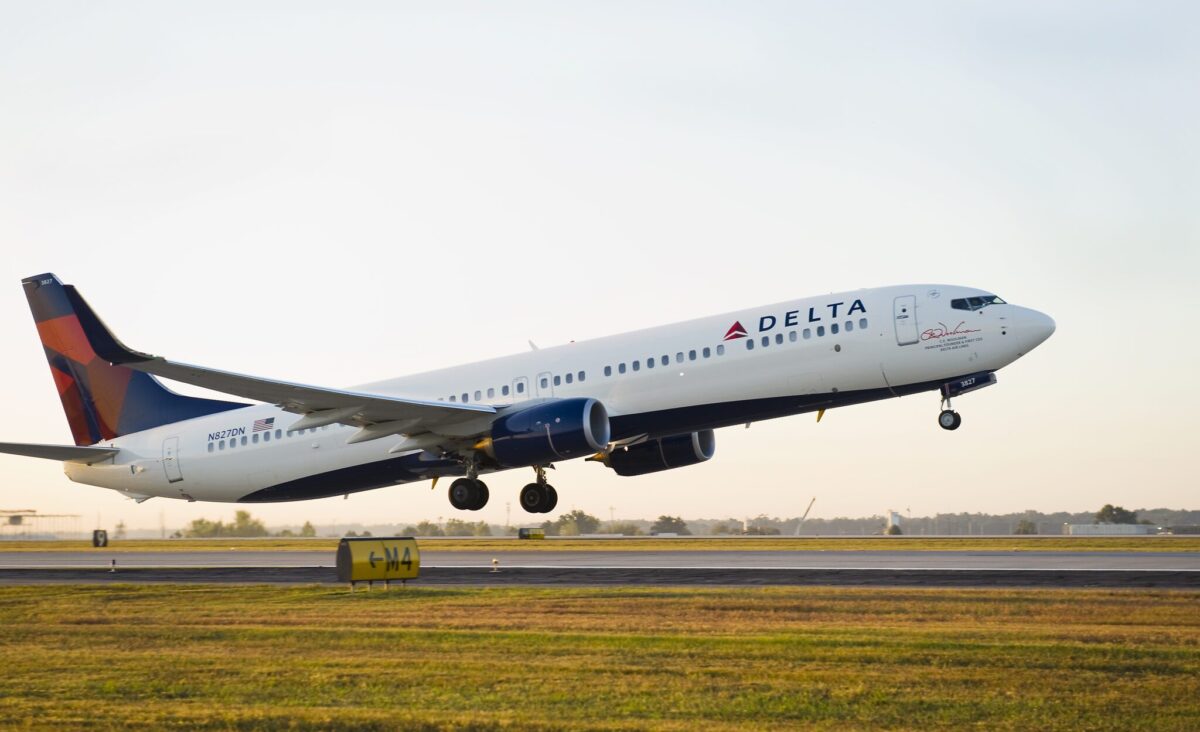How Payment Innovations Will Power the Connected Trip of the Future

Skift Take
This sponsored content was created in collaboration with a Skift partner.
As the lines between business and leisure travel continue to blur, travelers want personalized solutions that work for them in any context. Whether heading to a business conference, traveling abroad for a friend’s milestone birthday, or combining both experiences in one trip, today’s blended traveler expects seamless payment experiences tailored to the way they travel.
But the need for seamless payments doesn’t end with the initial booking. Touchpoints throughout the entire travel journey can be enhanced by presenting travelers with the right purchase opportunity at the right time, and making transactions as efficient and frictionless as possible. This new paradigm — a way for online travel agencies to cross-sell, upsell, and leverage data for revenue growth — is often referred to as the “connected trip.”
SkiftX recently sat down with Edward Chandler, SVP, global head of B2B travel at Visa, to discuss how the company is servicing blended travelers throughout the connected trip and envisioning how artificial intelligence (AI) can deliver hyper-personalization through an interconnected travel payment ecosystem animated by a new wave of immersive technologies.
Meeting the Needs of Today’s Blended Traveler
While leisure travel demand continues to rise, business travel is plateauing, prompting many travel companies to reinvent their customer engagement strategies around the dynamic booking patterns of blended travelers.
“There's a growing expectation that when we travel, whether it's for business or otherwise, our payment experiences should be personalized to our needs at any given moment,” Chandler said. “Online travel agencies (OTAs), airlines, and other travel companies are adapting to this new expectation.”
For example, after admitting that over 60 percent of American Airlines’ corporate deals are not hitting their goals, Vasu Raja, chief commercial officer at American, told the Wall Street Journal that the airline had a realization: “The customers it treats like royalty when they catch a 5 a.m. flight for a work meeting and the customers trying to redeem their miles for a family trip to Hawaii are often the same people. It shouldn’t matter so much why they are flying, he said — their experiences should be similar.”
In addition to personalized purchase options, today’s blended travelers and always-on-the-go digital nomads expect fast and seamless payment experiences across all of their devices.
“Whether on a phone, laptop, or desktop, seamless payment experiences are so important,” Chandler said. “Travel providers often price vacations in real time and that price could go up quickly. If you’re not authenticated — or your payment didn’t go through and you try again later — there’s a chance the price will be higher.”
Tokenization, which embeds payment credentials natively into the purchase experience, can help enable faster and more personalized payment experiences.
“The tokenization of payments and identity will continue to converge so travelers will have one secure digital token for everything they purchase, making it much easier for them to access travel services customized to their needs at any given moment, whether traveling for work or pleasure,” Chandler said.
How AI is Paving the Way to Connected Trips
Chandler noted that Visa has been using AI to secure its network, identify bad actors, and reduce fraud, but he’s most excited about the new possibilities generative AI tools will unlock for the connected trip, leading to the hyper-personalization needed to contextualize the blended traveler’s purchase experience.
“It’s not too long before AI technology will be able to offer us the perfectly tailored itinerary — from hotels, to nearby restaurants, to shows and tours,” Chandler said. “Everything will be incredibly curated depending on who you are and your reason for traveling, with generative AI playing the role of concierge. This is the true definition of the connected trip, from start to finish, all likely in the palm of our hand.”
Booking.com, Expedia, and Kayak already offer trip-planning tools enabled by AI, but these systems can be limited by blind spots, such as not having access to important travel-related data like airline schedules and weather forecasts, which can change moment to moment.
Chandler envisions a more personalized AI-assisted experience that accompanies travelers throughout their journey: “It will make sure you have the right services and offers around you when you need them. For example, if your flight is delayed or canceled and you’re already at the airport, it could offer to book you on the next flight with your preferred seating and a lounge pass, or it could automatically check you into a hotel and ask if you want a room upgrade for an additional charge. Wherever you are in your journey, embedded payments will be happening throughout, so we need to make sure when the payment needs to happen, it can happen seamlessly.”
Exploring the Immersive Travel Payment Experiences of the Future
Amid the tech industry’s near-deafening buzz around generative AI, Apple recently shifted the conversation back to augmented reality and the metaverse by announcing its new spatial computing device, Apple Vision Pro.
“Imagine you’re planning a trip with friends or family, and you all put these goggles on in different locations. You’ll be able to tour restaurants and attractions together, preview your seats on the plane, and really experience the destination virtually before making your booking decisions.”
Chandler concedes that this level of immersive trip planning is probably a few years off, but with the speed of networks increasing, the digitization and tokenization of payments advancing quickly, it isn’t hard to imagine this vision becoming a reality.
For now, as the travel industry continues to cope with whiplash from pandemic-era trip cancellations, followed by last year’s unprecedented “revenge travel” boom, “the case for a seamless travel payments ecosystem capable of withstanding unforeseen disruptions has never been greater,” Chandler said. “Visa continues to stand at the forefront of making travel experiences exceptional.”
For more information about Visa’s travel and entertainment solutions, click here.
Please join Edward Chandler, Global head of B2B Travel and European Head of Commercial and Money Movement Solutions at Visa, for a special session at Skift Global Forum, September 26-28 in New York City.
This content was created collaboratively by Visa and Skift’s branded content studio, SkiftX.




